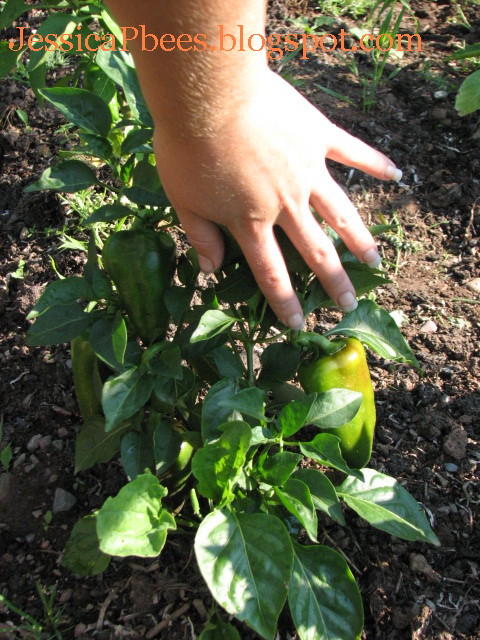Butter nut squash blossom.
Butternut squash blossom with foliage.
Close-up! So pretty, I love squash blossoms.
Cantaloupe melon.
Watermelon.
The squash on the blossom. That's a radish planted beside it, I had read in a companion planting book that letting radishes go to see in your cucumber and squash beds deters the striped cucumber beetle. Luckily, I have not see any this year. It could be due to the radishes and could be due to the fact that we rotate our crops every year.
Kitty in the corn. She's not exactly allowed in the garden, we're ignoring her holes in the fence she gets in through since she just loves being in the garden and mostly sleeps under foliage.
About two ears of corn on each stalk, we already ate a cob!
Almost ready! Corn from the garden is worth every square foot used to grow it.
Just taking the row cover off our beets now and enjoying delicious, unharmed greens. Without a row cover, beets in my garden get eat to pieces by spring and summer bugs.
Snoozing.
The middle sunflower is really going for it, almost ready to bloom.
Artichoke, I should have gotten a closer picture of the fruit starting to form on this guy.
Peppers starting to turn red, almost time to make relish with my cukes and these guys.
Tomatoes, no red ones yet!
Romaine, I can never grow enough of this.
Ground cherries on the plant, eating tons of these ripe little gems. They turn a bright orangey yellow and fall to the ground when they're ready.
Kohlrabi close up.
Scallion patch. You can cut the greens off scallions and then they will re-grow.
Basil, AFTER I made a huge batch of pesto.
Squeezed in another row of beans several weeks ago.
Storage onions and shallots.
The big picture of the corn patch.
Big picture of the squash bed with our dying potato plants.
Pumpkin blossom.
What an asparagus patch looks like at the end of summer. That's basil planted in the background, I read that asparagus and basil play nicely together when planted in the same bed. It's nice to grow something around the asparagus to help keep the weeds from invading the bed.
We're eating so many strawberries these days. I have no pictures of the really nice ones cause they were quickly eaten. We eat them standing in the bed, mostly in the afternoon after the sun warms the berries.
More strawberries and flowers. These guys usually produce flowers and berries until it's too cold and it kills the flowers.
Petunias and pansies with lettuce in front, cilantro going to seed in the background.
Red salad bowl lettuce all up in my flower bed. Really impressed with this lettuce, it's fairly unfazed by the heat, always a great trait for lettuce.
Again, it's rich red color makes it an attractive salad or garnish.
Morning glories making their way up the drain pipe.

















































